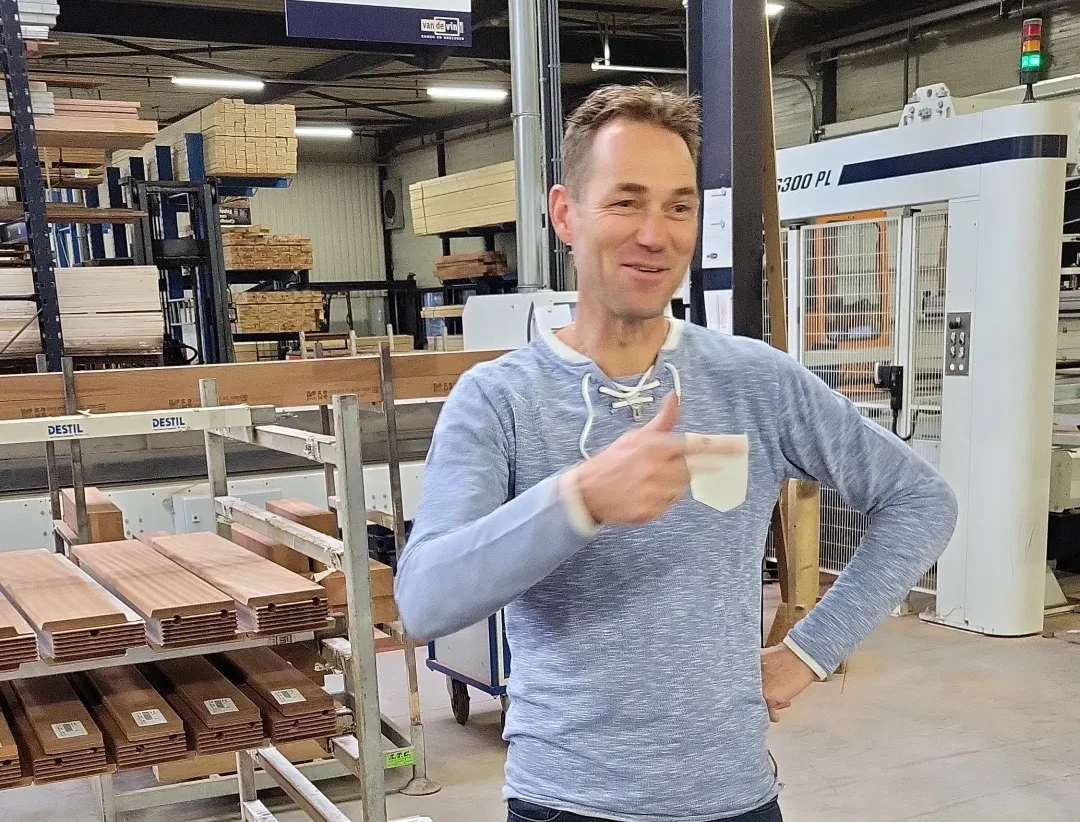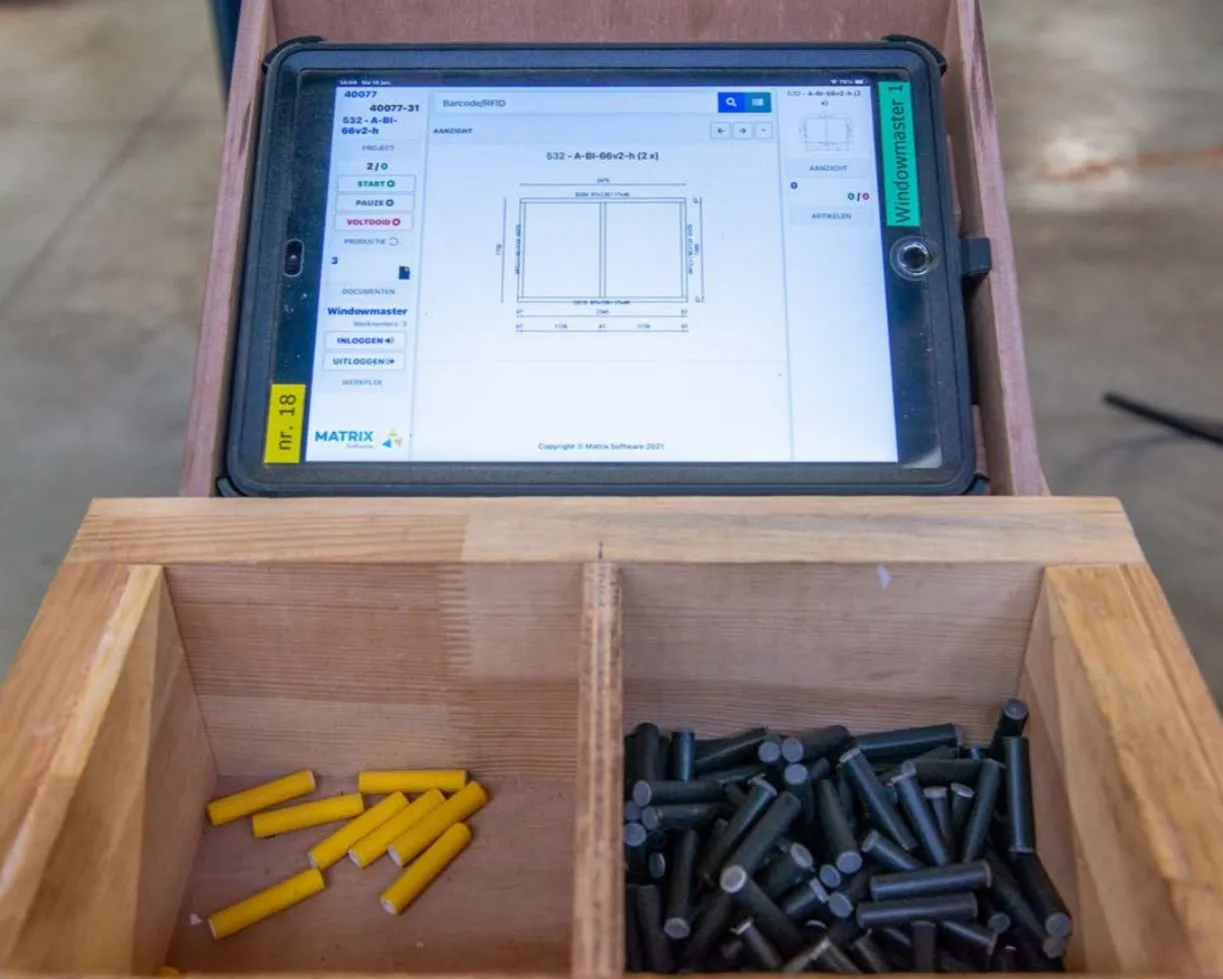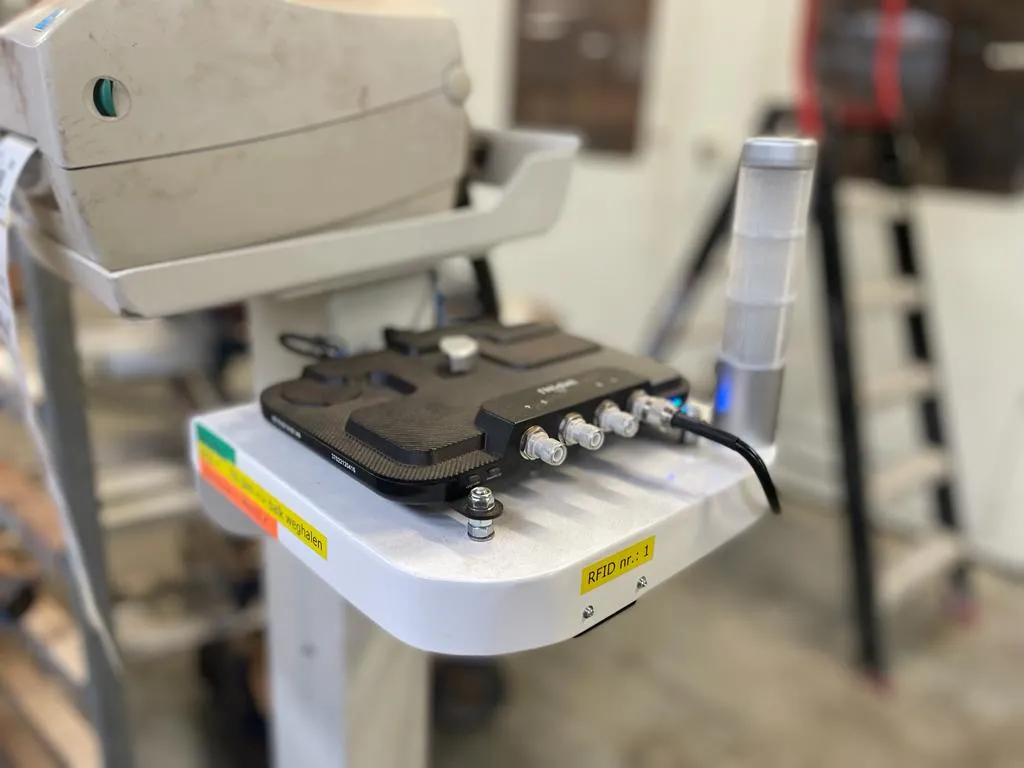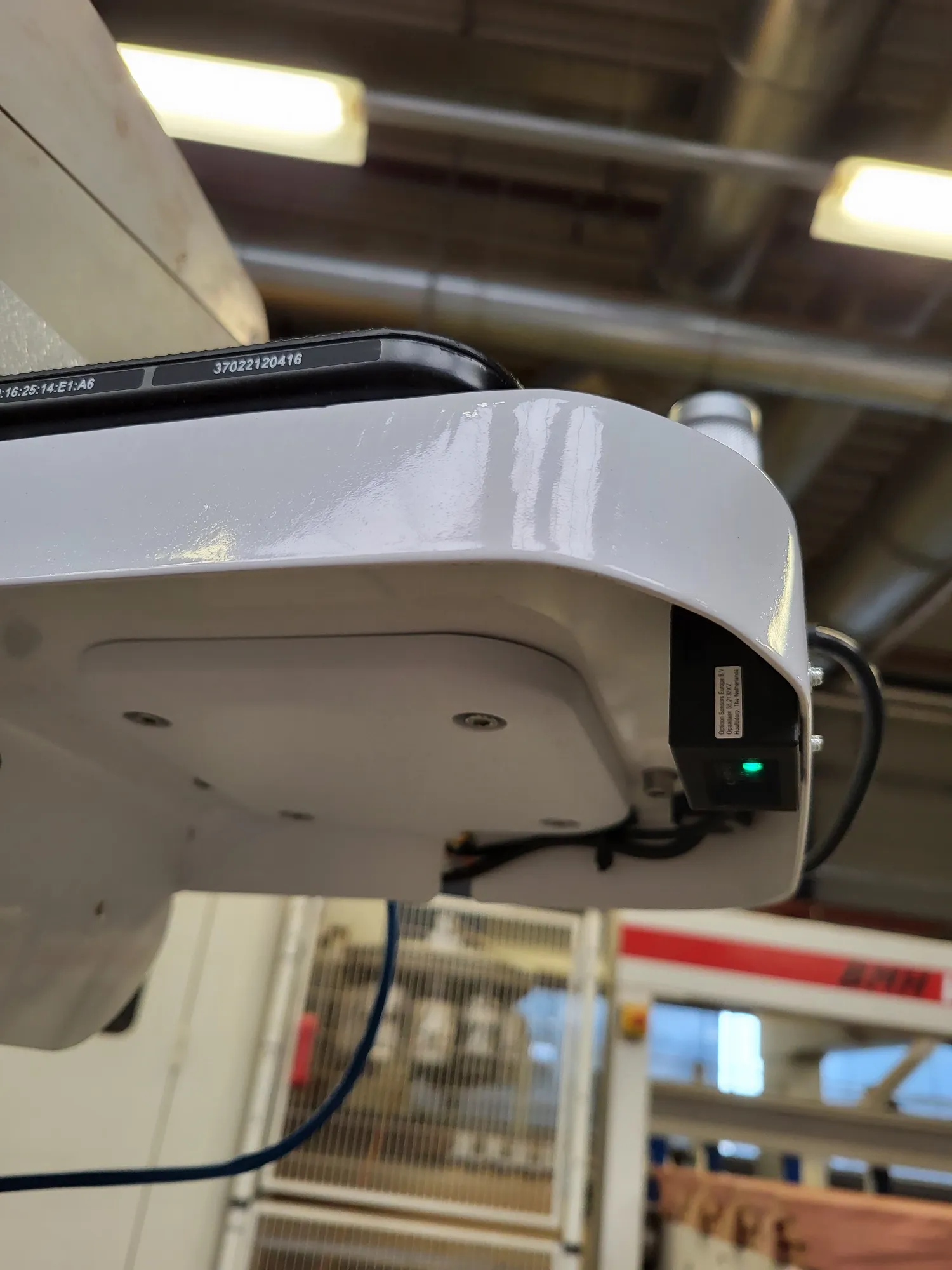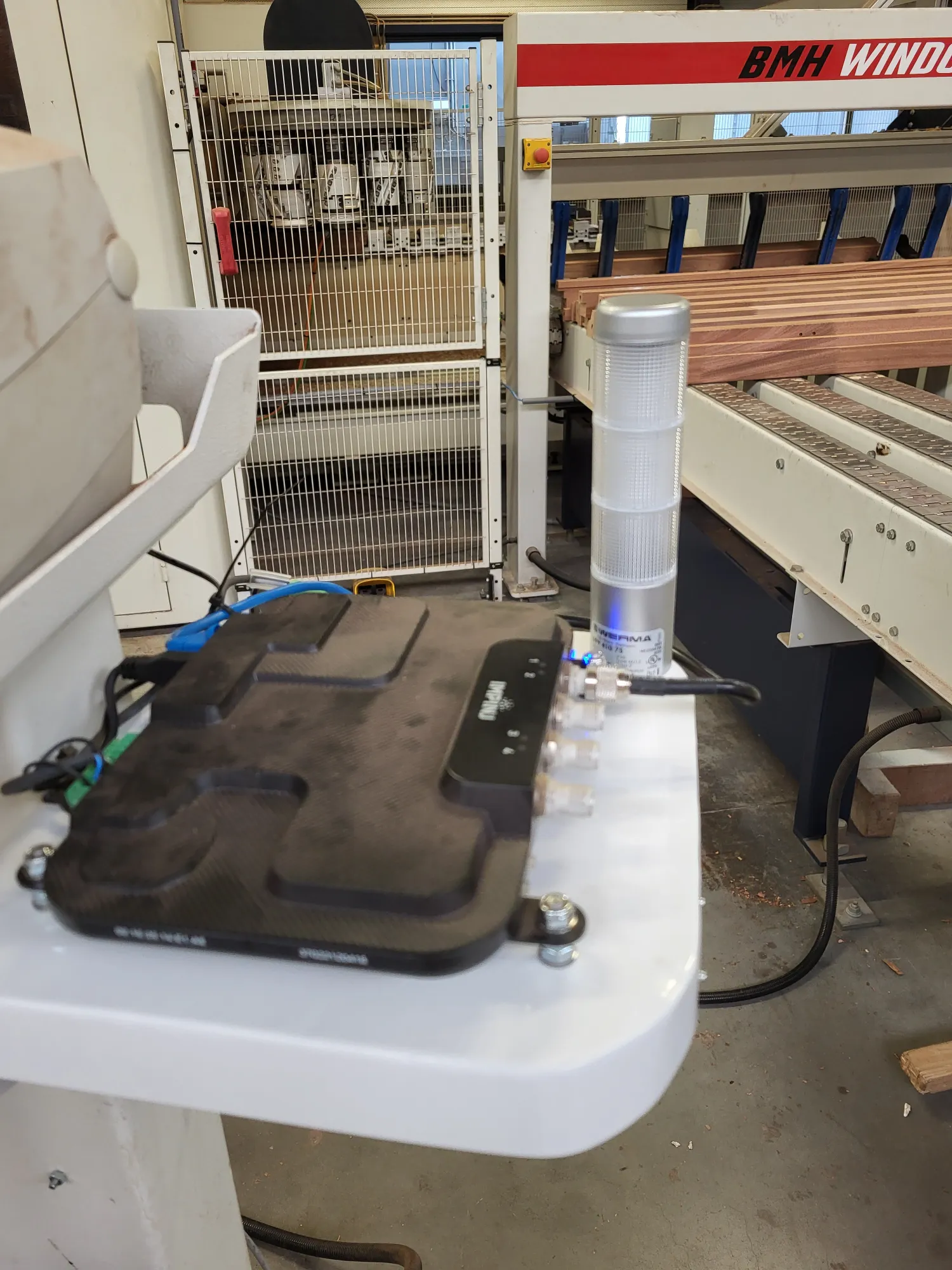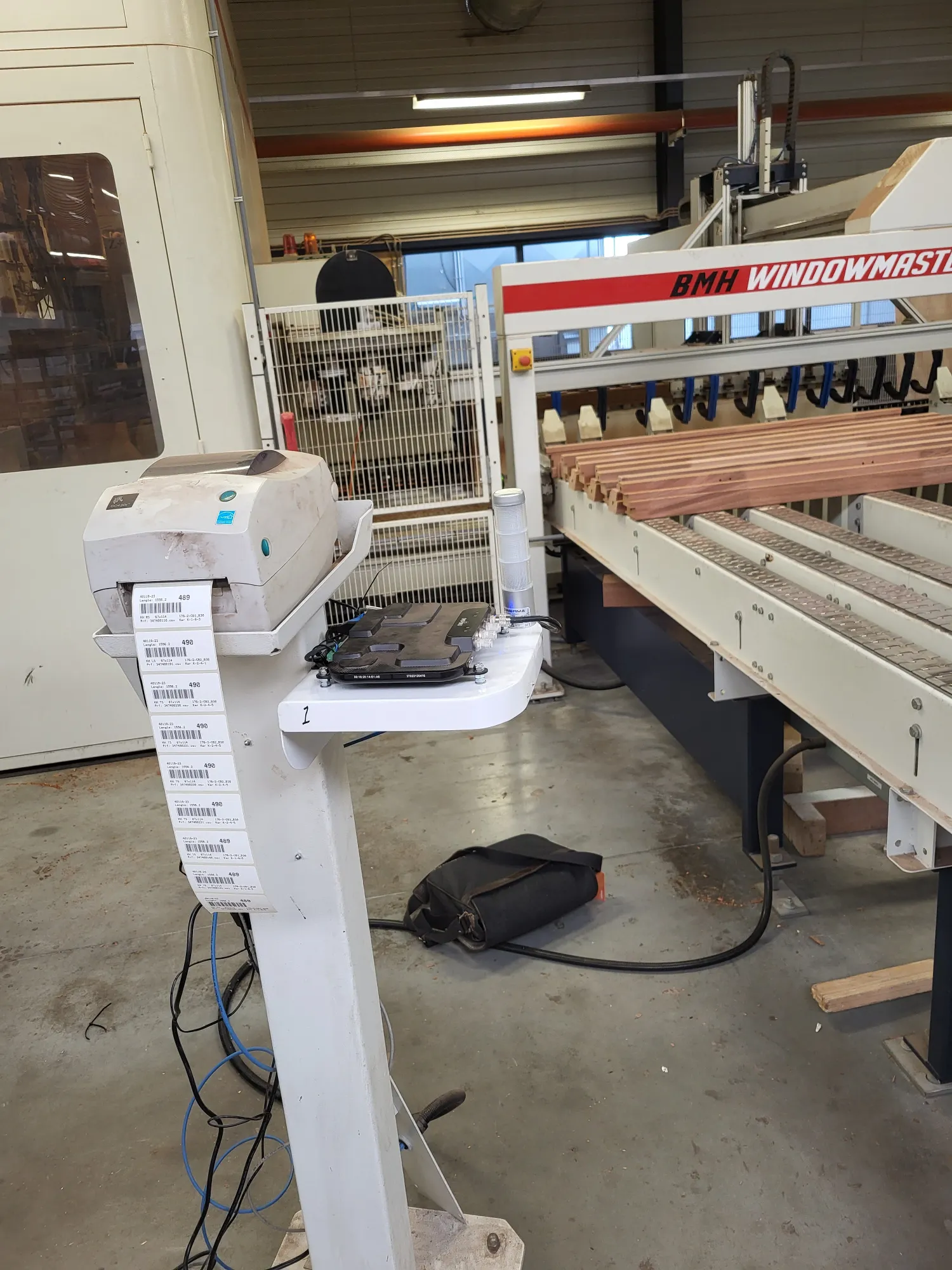Van de Vin BV, streamlining production with RFID
Van de Vin windows and frames produces wooden frames for the Dutch business market, both for new construction (homes and apartments) and for renovation projects.
Van de Vin supplies custom window frames, as a semi-finished product or as a complete product: painted, glazed and ready for assembly or mounted
The Challenge
Chief aim: to cut down on paperwork with automated, digital alternatives – reducing inaccuracies & potential down-time, adding value with efficiencies improvements.
Application manager Rudolph den Boer explains in the Dutch magazine and the RFIDjournal how RFID contributes to a significant reduction in lead time.
Van de Vin recently deployed an RFID-based solution to track its custom wooden window frames as they move through production. The result, according to the company, has been a reduction in costs related to manually tracking orders and products on paper, the identification and prevention of errors, and an improvement in efficiency.
The company’s Timber UHF RFID Dowel tags, designed and produced by RFIDdirect, are inserted into the end of each timber frame, then are read at eight workstations via fixed reader stations embedded in the floor. Van de Vin’s manufacturing execution system (MES), manages the collected RFID read data and provides real-time updates and alerts based on production activities, as well as instructions for workers at each station on the production floor, specific to every frame. The solution was taken live at the end of 2021, and it has reportedly boosted the company’s efficiency and reduced its risk of errors.

The Solution
The individual frames are produced in fully automatic, high volume, production robots. A bespoke Scan head scans the Barcode label with the project-ID and the in the timber embedded RFID Timber Dowel Tag in a single scan moment, communicating the data via LAN with the backbone Matrix ERP system in real time.
Sensing Objects (powered by RFIDdirect) has designed process software capturing the barcode data and the RFID data, controlling the data transmission, all embedded in the Impinj R700 UHF RFID reader.
All hardware is combined on a single scanning platform, designed to the specification, and wishes of the machine operators.
“The software was critical in this process,” Den Boer states. “Now the system is operational and all team members understand the boundaries, there are no problems anymore.” One early challenge for Van de Vin was to gain a seamless process for commissioning new tags. It needed the ability to scan timber barcode labels, and to match such serial numbers with the RFID tag ID numbers in the software, in a single scanning movement. “This is solved by the design and delivery of a bespoke scanning unit by RFIDdirect.”
The Advantage
When it used paperwork to manually track orders, the company says it paid around €30,000 (£26,000) a year, which means the system saves Van de Vin that cost. That’s because workers no longer need to print paper job cards, paper drawings of the frames or instructions. Additionally, Den Boer says, the technology has allowed Van de Vin to eliminate product searches as visibility improved via the software, saving about €18,000 (£15,600) annually.
In the long term, Van de Vin hopes to use the RFID tags to provide each frame with a lifelong product passport. In that way, it could provide traceability of products after sales, storing maintenance historical information and preventive maintenance management. Beyond that, the tags could be used during a frame’s disposal. Those with RFID readers could scan a frame’s tag in the field or during scrappage or rebuilding, enabling them to contribute to a circular economy and improve sustainability.
